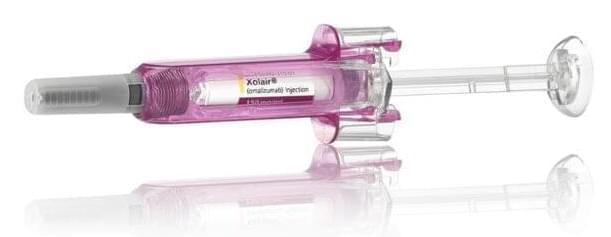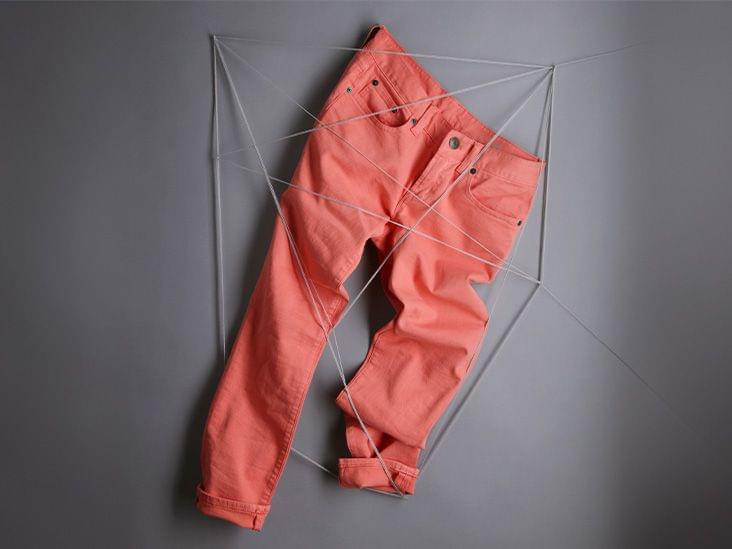Science and Technology: I don’t want to die.
A friend of the academic, who died in the US in 2021, says his brain has been cryonically preserved in accordance with his final wishes.



What can the night sky tell us about the expansion of the universe?
It’s a loaded question, one that researchers across the globe have been trying to answer for decades. Since 2013, they’ve been helped by the Dark Energy Survey (DES), a collaboration of more than 400 scientists at 25 institutions. At Penn, this includes Masao Sako, Arifa Hasan Ahmad and Nada Al Shoaibi Presidential Professor of Physics and Astronomy; Bhuvnesh Jain, Walter H. and Leonore C. Annenberg Professor in the Natural Sciences; Gary Bernstein, Reese W. Flower Professor of Astronomy and Astrophysics; and a handful of others from the Department of Physics & Astronomy.
In 2019, the DES finished collecting data, but analysis and discoveries continue, including one that Sako and colleagues announced recently in which they validated the “cosmic acceleration” model and dark energy’s role in it. That research is one of five recent studies detailed below, in this second iteration of Omnia’s new research roundup.
Become a member of the Science Fiction community to continue the discussionWebsite — https://damiengwalter.comYouTube — https://www.youtube.com/c/DamienWalte…
The Tesla Model 3 has raised its own benchmark by winning the 2024 Drive Car of the Year Best Urban Electric Vehicle under $100K.


Passengers who book a special Delta flight will have the chance to witness the total solar eclipse in April from a unique vantage point: 30,000 feet in the air.
The airline announced Monday that it will operate a flight on April 8 from Dallas-Fort Worth to Detroit, timed to give people on board the chance to spend as much time as possible within the eclipse’s “path of totality.”
The eclipse is expected to be a major event because it will pass over several densely populated areas of North America, crossing Mexico, the continental U.S. and a small part of eastern Canada. In the U.S. alone, millions of skywatchers from Texas to Maine will have the chance to witness the rare astronomical event.

There’s some relief for people with food severe allergies. A study published in the New England Journal of Medicine reports the drug Xolair allows people with allergies to tolerate higher doses of allergenic foods before developing a reaction after accidental exposure. Geoff Bennett discussed more with the study’s principal investigator, Dr. Robert Wood of the Johns Hopkins Children’s Center.
Notice: Transcripts are machine and human generated and lightly edited for accuracy. They may contain errors.

Multiple brands of lubricant eye ointments are being recalled due to a risk of infection after federal inspectors found unsterile conditions at the Indian plant where the products were manufactured.
The recall by Brassica Pharma Pvt. in Thane, a city in the Indian state of Maharashtra, comes after a deadly outbreak last year of eye infections linked to artificial tears made by another Indian firm.
Sold nationwide by retailers including CVS Health and Walmart, the latest recall involves four products by brands Equate, CVS Health and AACE Pharmaceuticals, according to the notice posted Monday by the U.S. Food and Drug Administration.
